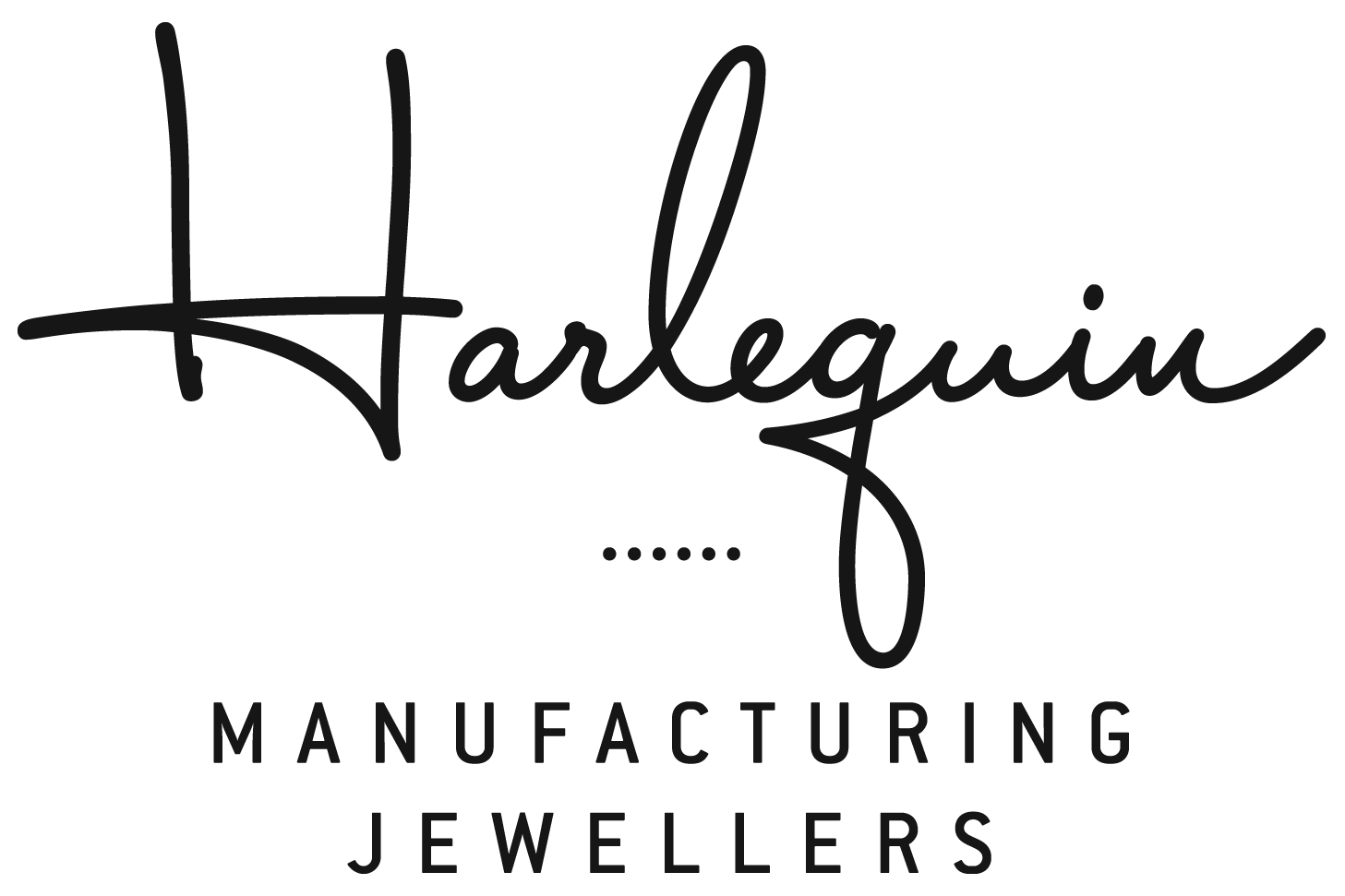However you feel about lab grown diamonds, there’s no denying that they’ve been the biggest newcomer to the engagement ring scene in the last few years. Lab grown white diamonds for jewellery have gone from unheard of, to being a very common gemstone used for engagement rings, in less than a decade. An incredible pace of change.
All the attention so far, has been been on lab grown diamonds that are white in colour.
Natural diamonds can be found in all sorts of colours, though, not just white. In fact some of the most valuable diamonds around are in vivid shades of pink, red, and blue. Bright yellows are also a popular choices for statement coloured diamond engagement rings.
So if manufacturers can create white lab grown diamonds, can they create coloured lab grown diamonds too?
To answer this, let’s take a step back to how lab grown diamonds emerged.
The technology to manufacture diamonds has actually been around a lot longer than the recent boom of lab grown diamond engagement rings in the last 10 years. Manufacturers have been creating them for decades, with the earliest lab grown diamonds seen as early as the 1950s.
At the time, it was possible to create diamond material, but not of the quality needed for use as gemstones. So the diamonds they made then were used for industrial applications, like creating machining and cutting tools - which strong diamond material is perfect for.
Gem quality lab grown diamonds followed a few decades later, but it has only been in recent years that a ‘breakthrough’ has allowed fine quality white lab grown diamonds to be produced in a way that’s properly feasible for the jewellery industry. The gems are beautiful in colour just like natural bright white diamonds.
When it comes to coloured lab grown diamonds though? That breakthrough hasn’t quite yet been reached.
A lab grown pink diamond, which doesn’t quite match the ‘essence’ a natural pink diamond.
As the moment, the technology to create coloured lab grown diamonds exists, but isn’t quite the same as natural diamond colours.
In nature, colour in diamonds appears for a range of different reasons - like changes in the diamond’s atomic structure when it forms (which can create pink and red), to chemical impurities in the material (which can create yellow and blue), to natural irradiation processes in the Earth’s surface (which can create green). These complex processes that produce the uniqueness of gem quality coloured diamonds, are yet to be properly replicated in a laboratory.
Attempts have certainly been made to create coloured diamonds, some rather successfully. I’ve had the opportunity to examine some of the latest pink lab grown diamonds around. Though even the manufacturers agree that colour of these, while still nice, haven’t captured the same ‘essence’ as a natural pink diamond.
If a coloured diamond is what you’re after? A natural coloured diamond is the way to go.
As it stands, there’s a fair way to go for the technology to create lab grown diamonds to catch up, to create coloured lab grown diamonds for jewellery that are as beautiful as natural ones.
So, if you’re looking to add a coloured diamond to your collection, the best way to find a great one, is to look for a natural coloured diamond. Only time will tell if technology can duplicate nature’s wonders in coloured diamond gemstones.




